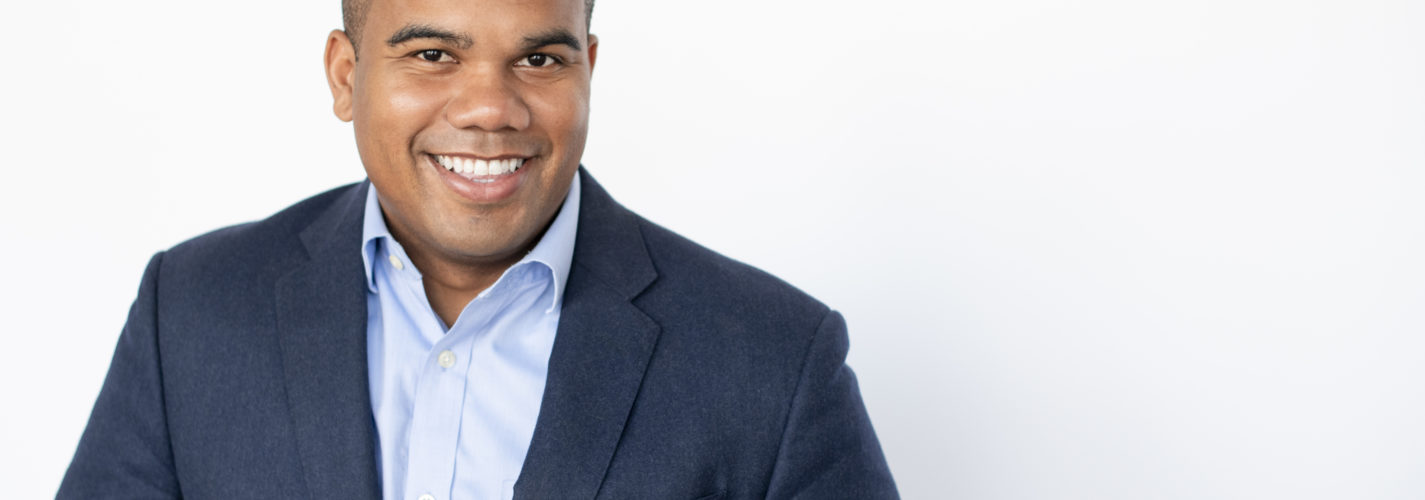Josh Crosson
As executive director, Josh sets the direction for the organization’s work to ensure that all Minnesota students, especially those most underserved, have access to a great education. He previously worked in D.C., where he transformed his passion for public policy into a fulfilling vocation, or, as his friends put it, made a living out of doing something “activisty”—first at the Human Rights Campaign and later on Capitol Hill. At HRC, Josh spearheaded student outreach operations and expanded the organization’s mission to incorporate LGBT students from Historically Black Colleges and Universities. He then spent four years writing legislation and advising his hometown congressman, Rep. Adam Smith (WA-9), on labor, health, budget, and tax issues. When he’s not working for Minnesota’s kids or spending time with his partner, Jon, and their dog, Jujubee, in their North Minneapolis home, Josh operates an adult LGBT sports league that benefits local charities throughout the Twin Cities.
Why are you passionate about education?
I know from personal experience that education can disrupt the cycle of poverty and free us in unimaginable ways. But, like water, shelter, and air, a good education is a human right that is often not provided to all communities. I am outraged—and motivated—by our current education system, which I believe works well to serve the interests of our most privileged while remaining indifferent to the lack of opportunities for students of color, students with disabilities, and low-income learners. If we are truly going to address the needs of our most vulnerable and ensure the long-term wellbeing of our communities, we must prioritize education, especially for those who have been historically left behind by our system.
What do you hope to see change in education during your lifetime?
A recent poll revealed that only 7 percent of Minnesotans believe we can completely close the achievement gap, indicating that most people simply don’t believe that students of color, students with disabilities, and low-income learners are capable of academic excellence. This gap between what students can achieve and what most people believe they can achieve is disheartening, and the foundation of the disparities latent in our education system. We cannot motivate our community leaders to advance policies that prioritize our most underserved students without first getting Minnesotans to actually believe in the potential of every student. In my lifetime, I hope to see people understand the harmful effects of low, and inaccurate, expectations. Once we shift the narrative about underserved kids and close the “belief gap,” it will be much easier to pass equitable policies and change outcomes for students.

